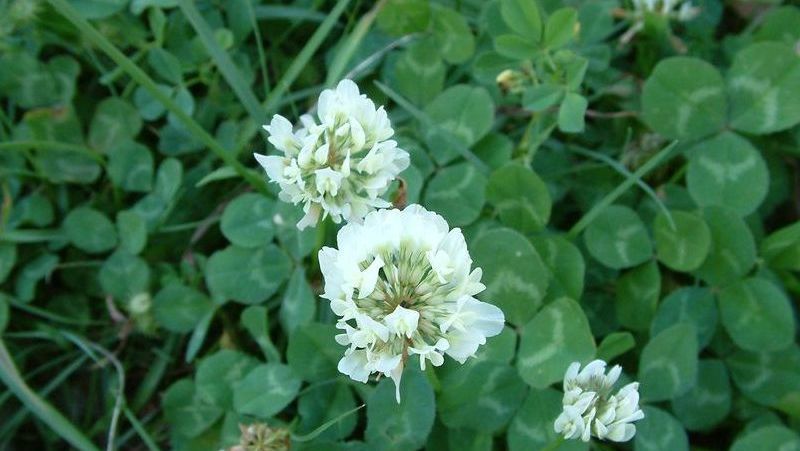Yates Account
Join now
Create a Yates account today!
Sign up to join the Yates Garden Club for monthly e-mails packed with seasonal inspiration, tips for success & exclusive promotions.
Plus if you’re a Garden Club member you can take part in the Yates Growing Community - a blog to share successes, get advice & win prizes in fun challenges along the way!

Forgot password
Enter the email address associated with your account, and we'll email you a new password.
Trifolium spp.

What is Clover
Clover is a very common weed of lawns. Clover has leaves with three leaflets and creeping stems that set roots at whatever point they touch the ground. Most species flower in shades of white (such as White Clover - Trifolium repens), pink (such as Strawberry Clover - Trifolium fragiferam) and purple.
White Clover, as with various other members of the pea family (Fabaceae), can fix nitrogen from the air to use as nutrients for leafy growth. As such, White Clover favours poorly fertilised lawns. One method of preventing clovers from taking hold is to make sure your lawn is growing strongly and is well fertilised during the warmer growing months.
Some home owners grow a complete lawn using clover and in these cases, should never use selective herbicides on Clover lawns.
How to protect your plants
For lawns: During the warmer growing months, prevent clovers taking hold by ensuring your lawn is well fertilised. Apply a selective herbicide every 3 weeks (or otherwise as directed as per label instructions) until weeds have been adequately controlled.
In garden beds: Spot spray with a non-selective weedkiller.
Plants impacted
- Lawn
- Turf
- Garden Beds
















Share
Share this article on social media